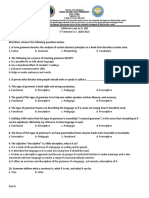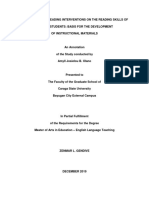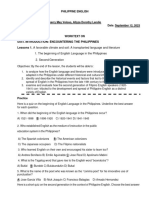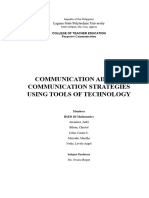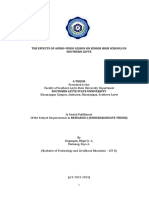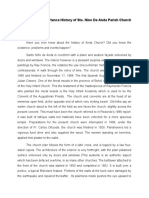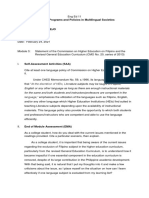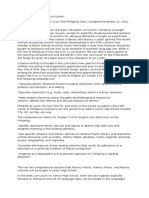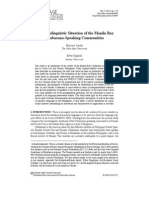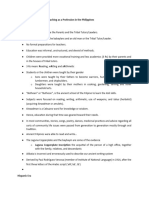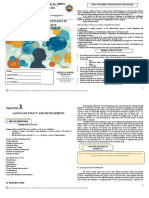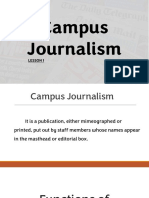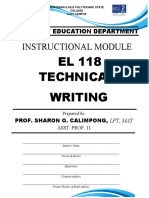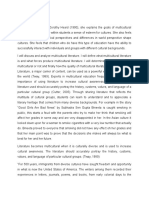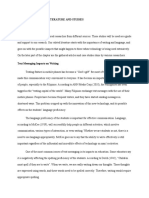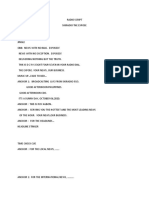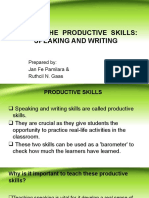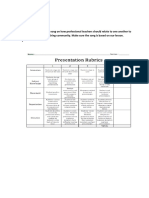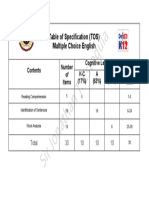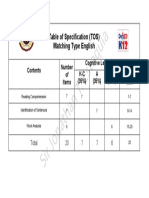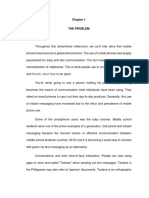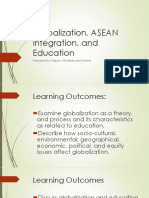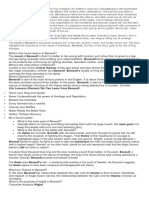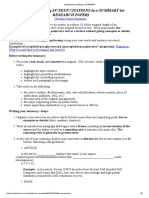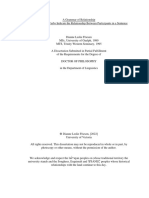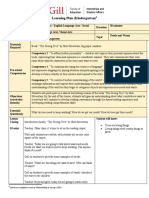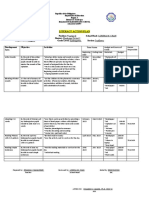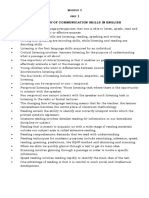0% found this document useful (0 votes)
371 views16 pagesChapter 2
This chapter reviews related literature and studies on the use of mobile phones and text messaging. Studies show that the Philippines has one of the highest rates of mobile phone ownership and text messaging usage in Southeast Asia. Research also found that text messaging is an effective form of communication that is fast, cheap, and allows people to connect regardless of location. However, some studies found that frequent use of text message shorthand can negatively impact spelling and grammar skills. Overall, the literature presented debates both potential positive and negative effects of heavy mobile phone and text messaging use.
Uploaded by
Roy Lustre AgbonCopyright
© © All Rights Reserved
We take content rights seriously. If you suspect this is your content, claim it here.
Available Formats
Download as DOCX, PDF, TXT or read online on Scribd
0% found this document useful (0 votes)
371 views16 pagesChapter 2
This chapter reviews related literature and studies on the use of mobile phones and text messaging. Studies show that the Philippines has one of the highest rates of mobile phone ownership and text messaging usage in Southeast Asia. Research also found that text messaging is an effective form of communication that is fast, cheap, and allows people to connect regardless of location. However, some studies found that frequent use of text message shorthand can negatively impact spelling and grammar skills. Overall, the literature presented debates both potential positive and negative effects of heavy mobile phone and text messaging use.
Uploaded by
Roy Lustre AgbonCopyright
© © All Rights Reserved
We take content rights seriously. If you suspect this is your content, claim it here.
Available Formats
Download as DOCX, PDF, TXT or read online on Scribd
/ 16



